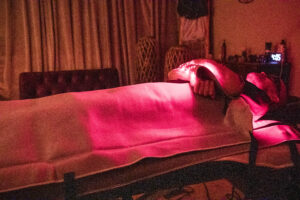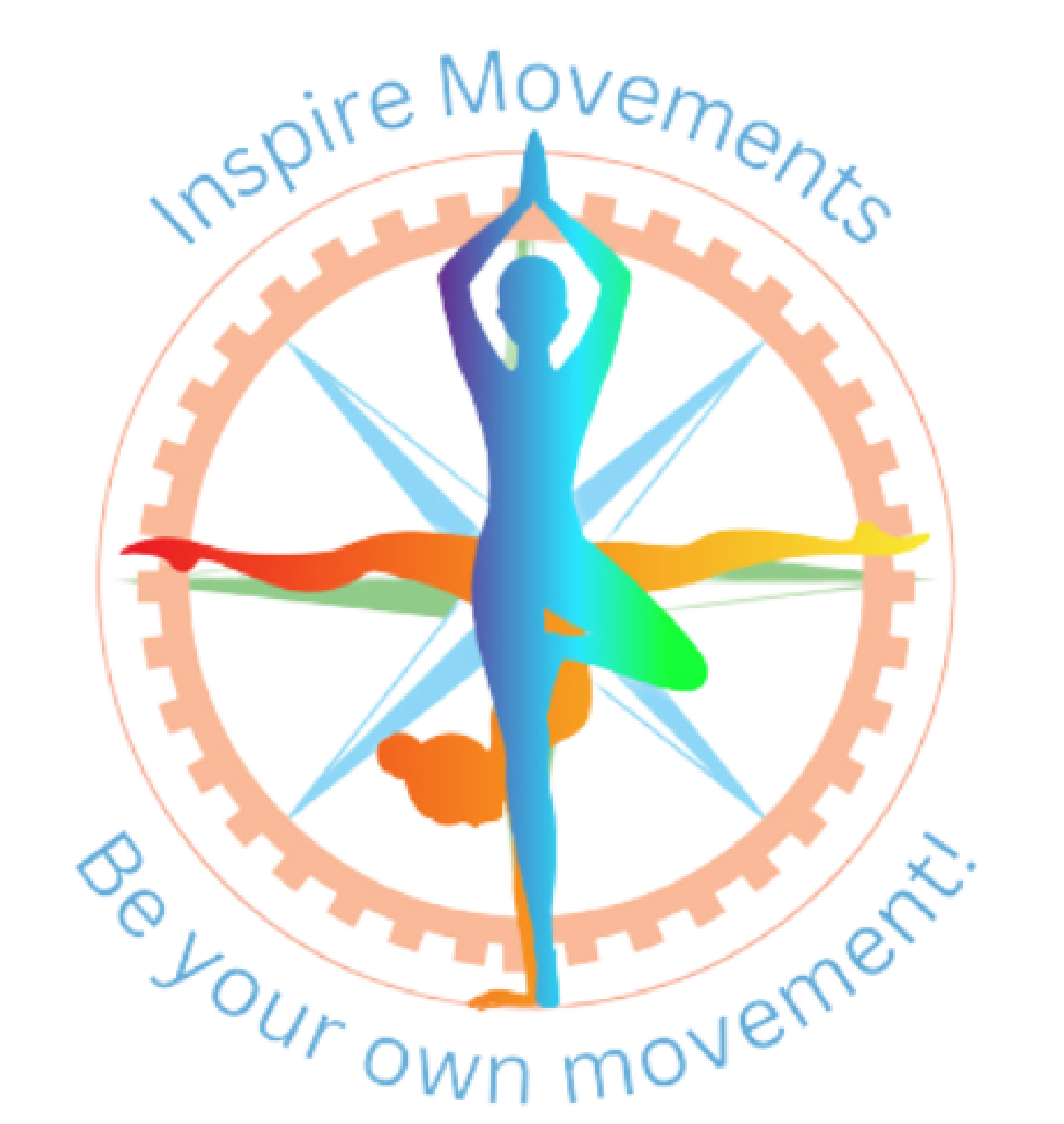Low back pain is one of the most common ailments affecting millions of people worldwide. It can stem from various causes, including muscle strain, herniated discs, and arthritis. While traditional treatments often include pain relievers, physical therapy, and in some cases, surgery, many individuals are seeking alternative therapies that can provide relief without the side effects associated with pharmaceuticals. One such innovative treatment gaining attention is red light therapy (RLT).
What is Red Light Therapy?
Red light therapy involves the use of low-level wavelengths of red light to treat various conditions, including pain and inflammation. This non-invasive treatment works by penetrating the skin and stimulating cellular processes, promoting healing and reducing inflammation. The therapy is typically administered through LED devices or lasers, and sessions can range from a few minutes to about half an hour, depending on the specific condition being treated.
How Red Light Therapy Works
The mechanism behind red light therapy is rooted in its ability to enhance mitochondrial function within cells. Mitochondria are the powerhouse of cells, responsible for producing energy in the form of adenosine triphosphate (ATP). By stimulating these energy-producing organelles, RLT can promote tissue repair, reduce inflammation, and alleviate pain.
Studies have shown that red light therapy can increase circulation, which further aids in the healing process. Improved blood flow delivers more oxygen and nutrients to damaged tissues, promoting recovery and reducing pain.
Evidence Supporting RLT for Low Back Pain
Recent studies and clinical trials have begun to confirm the efficacy of red light therapy for treating low back pain. A systematic review published in the American Journal of Physical Medicine & Rehabilitation.

indicated that low-level laser therapy, which includes red light therapy, can be effective in reducing pain and improving function in patients with chronic low back pain (American Medical Association, 2021).
Another clinical study highlighted that patients receiving red light therapy reported significant reductions in pain levels and improved mobility compared to those receiving a placebo treatment. This evidence suggests that RLT could be a valuable addition to the therapeutic arsenal for low back pain management.
Advantages of Red Light Therapy
- Non-Invasive: Unlike surgical interventions, RLT is a non-invasive treatment option, making it an appealing choice for those wary of more invasive procedures.
- Minimal Side Effects: Patients often report minimal to no side effects associated with RLT, making it a safer alternative to medications that can cause gastrointestinal issues or dependency.
- Quick Sessions: Treatment sessions are relatively short and can be easily integrated into a busy lifestyle, allowing for convenient management of low back pain.
- Versatile: RLT can be used in conjunction with other treatments, such as physical therapy or acupuncture, enhancing overall therapeutic outcomes.
Red light therapy represents a promising avenue for those struggling with low back pain. Its ability to promote healing, reduce inflammation, and alleviate pain without the side effects associated with traditional medications makes it an attractive option. While more research is needed to establish standardized protocols and guidelines, the current evidence suggests that red light therapy could be a beneficial component of a comprehensive pain management strategy.
If you are considering red light therapy for low back pain, consult with a healthcare professional to determine if it is suitable for your specific condition!
